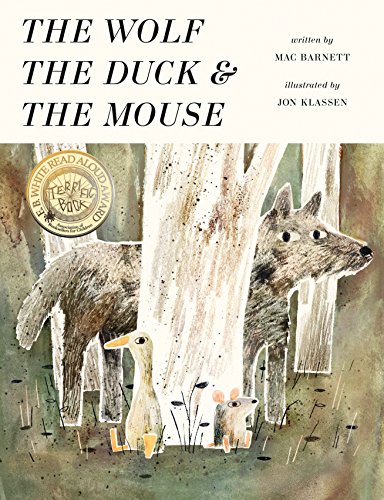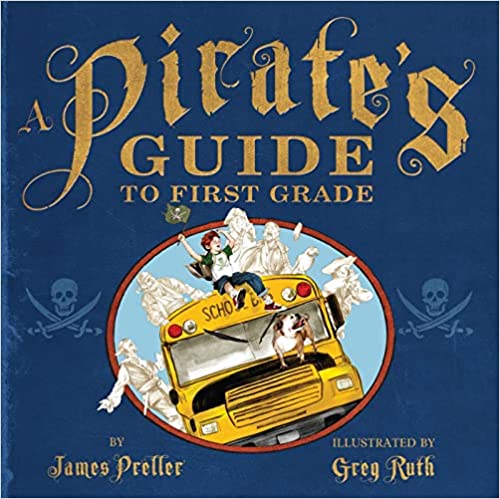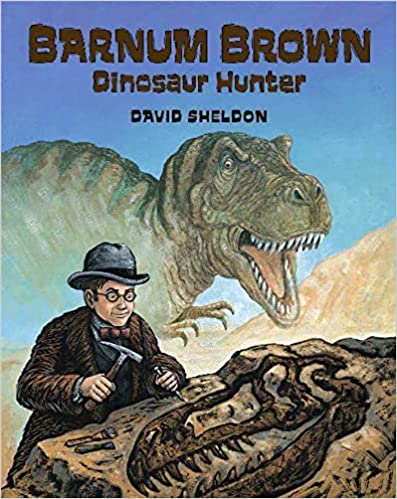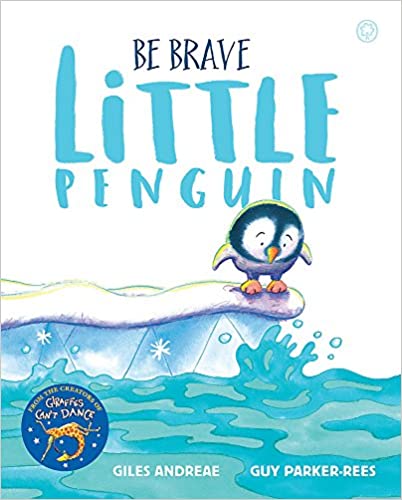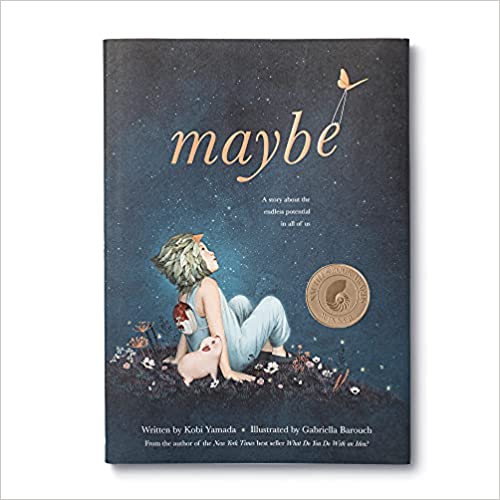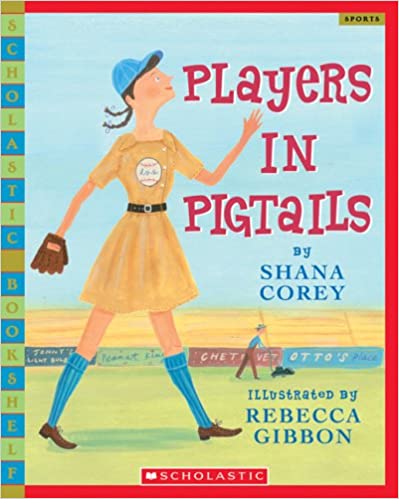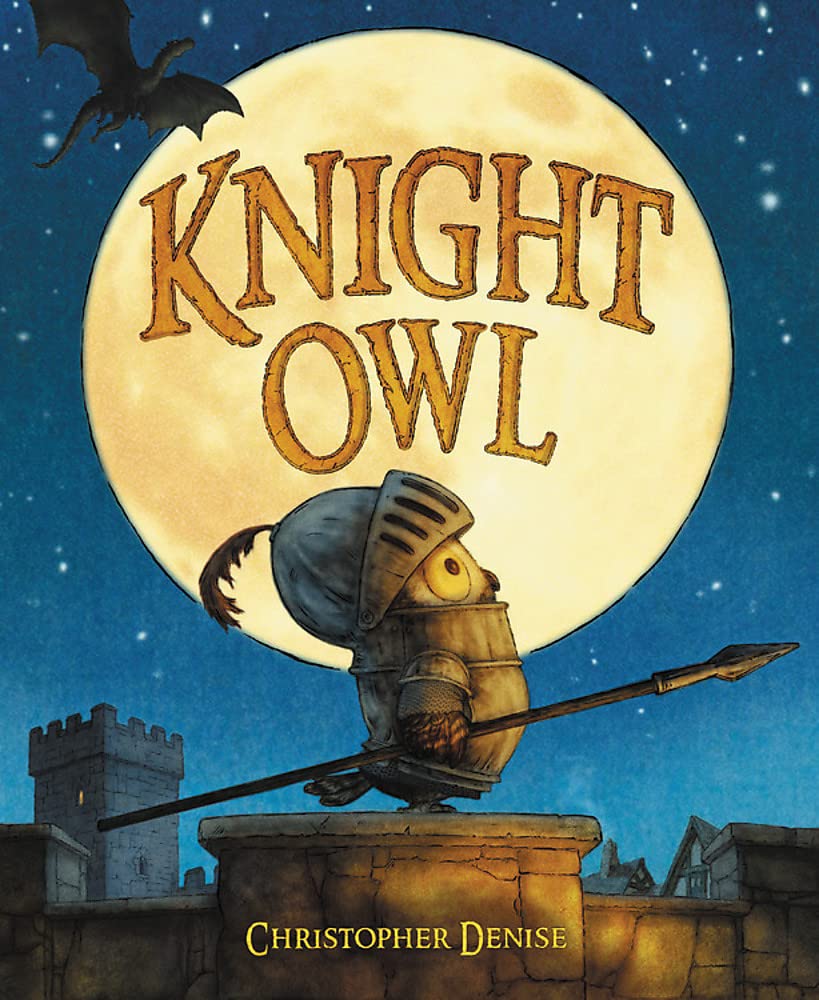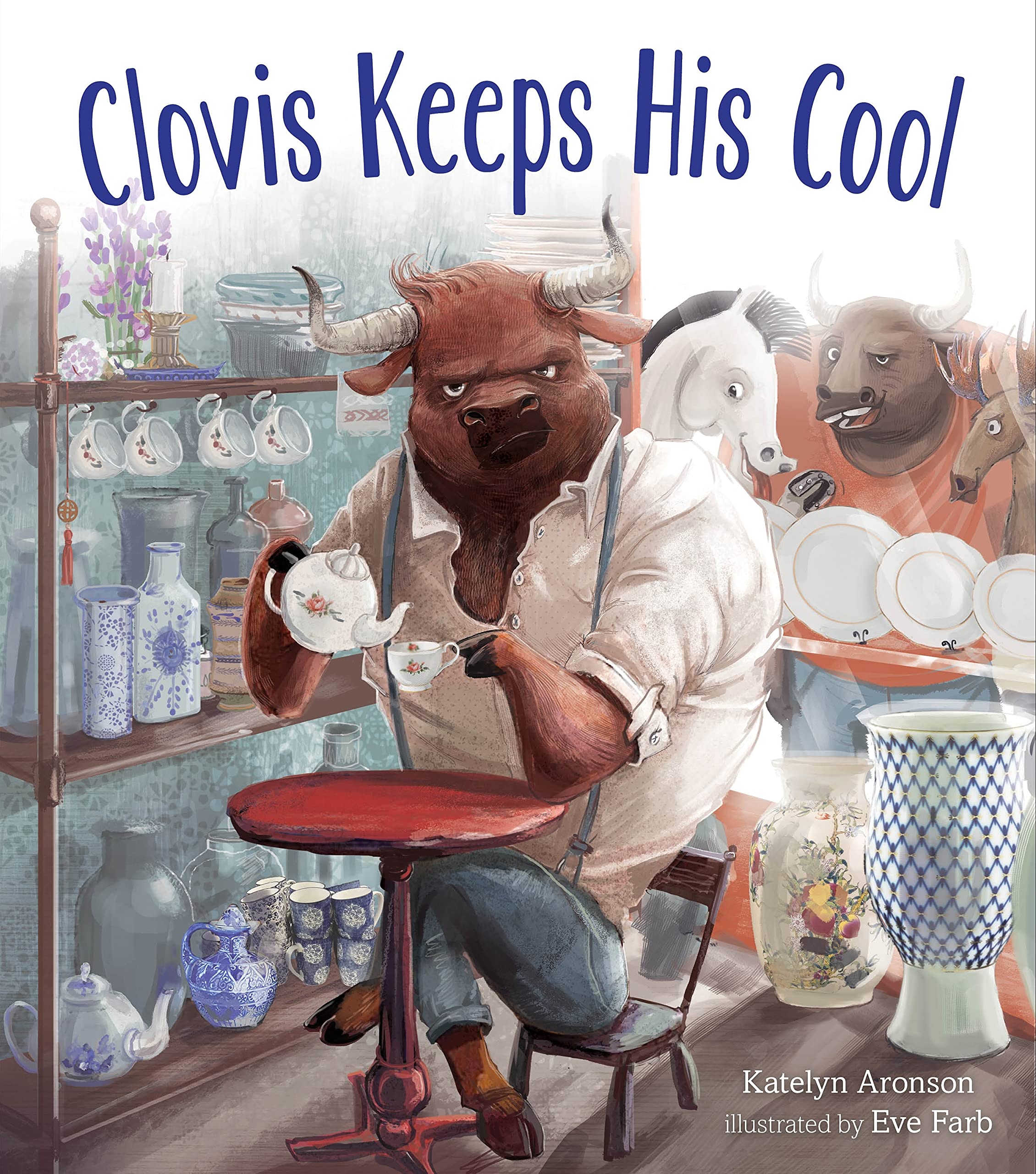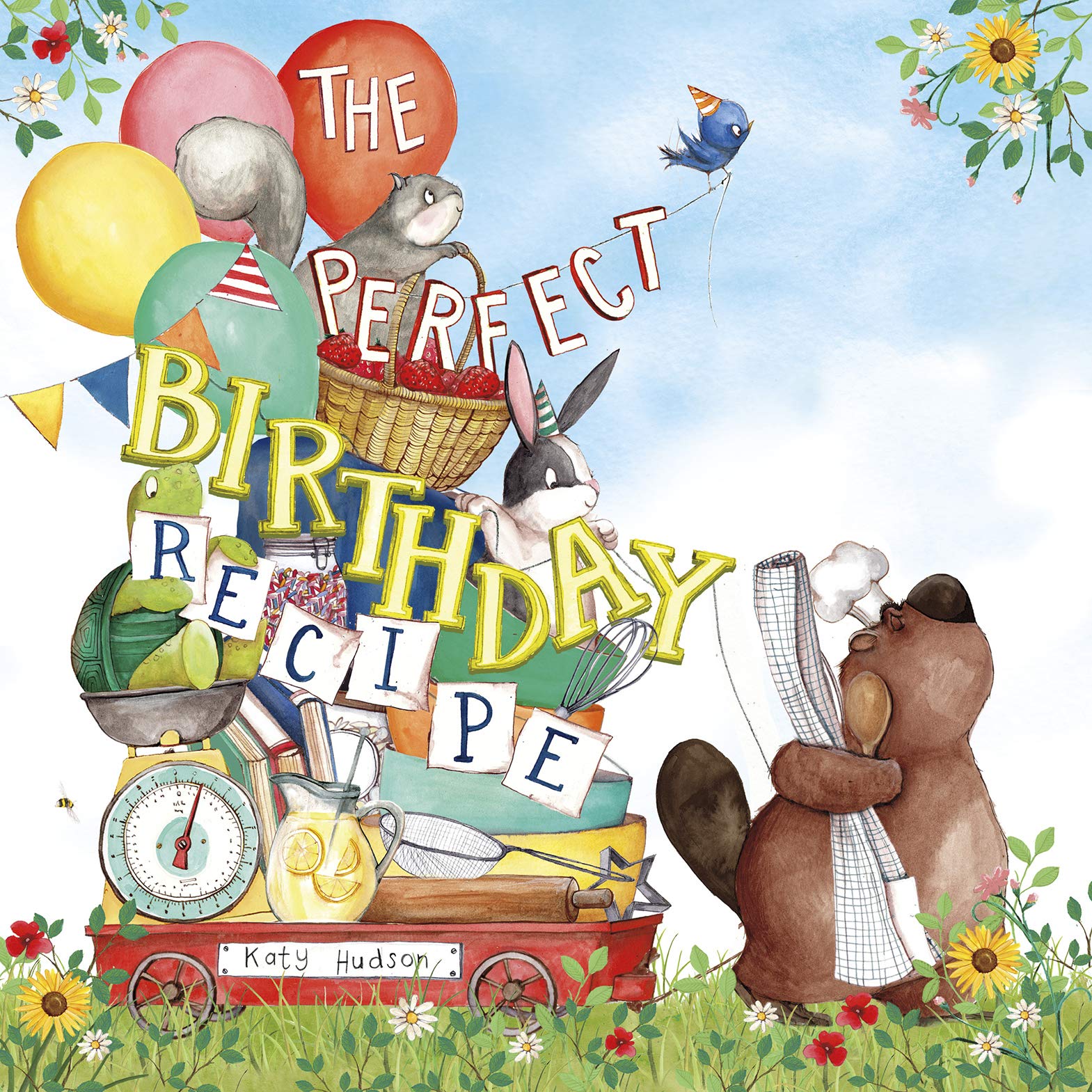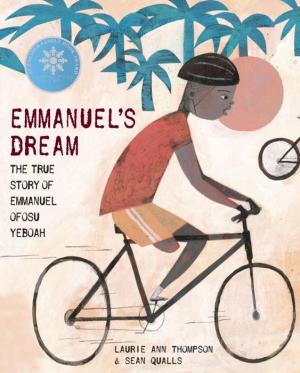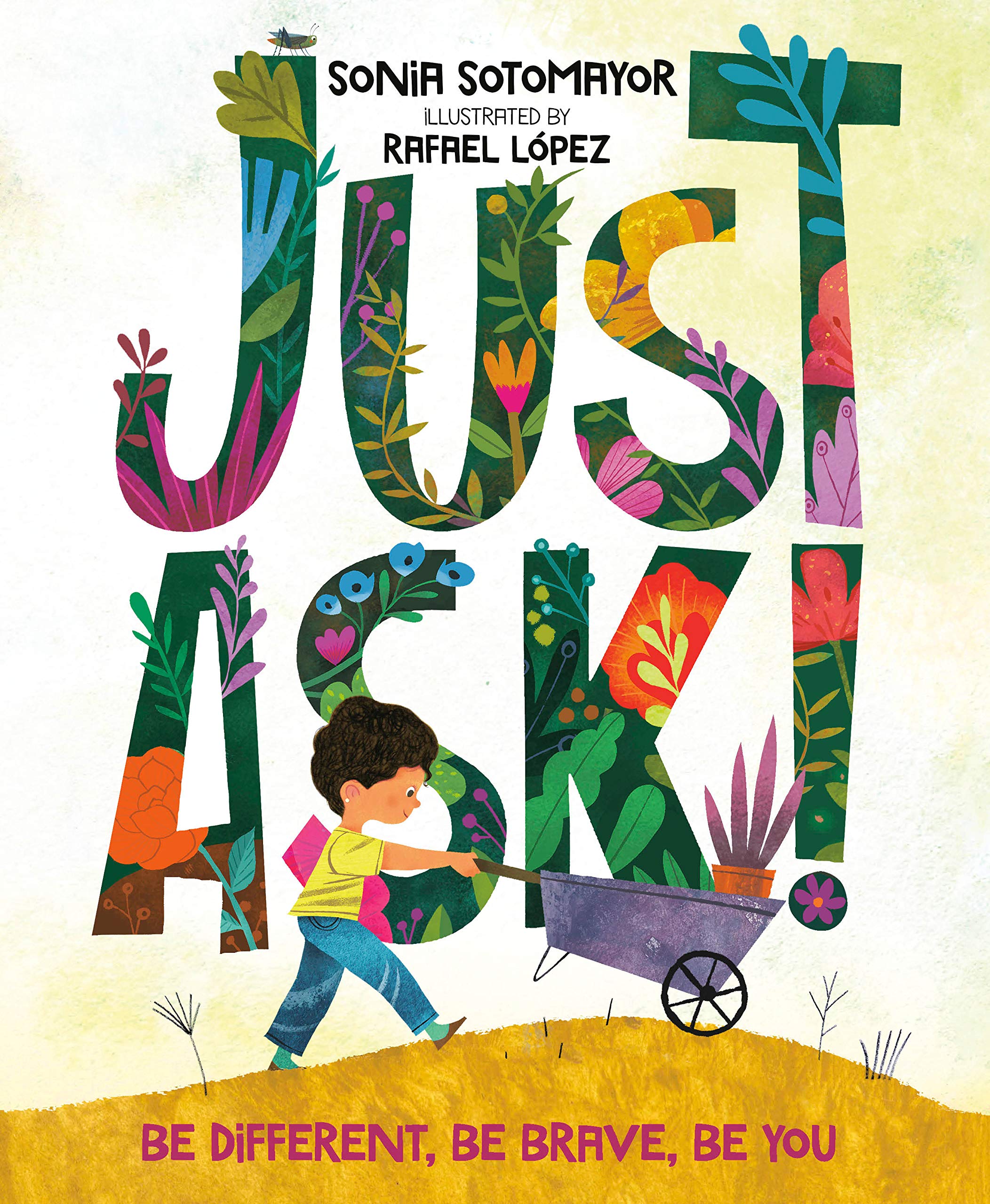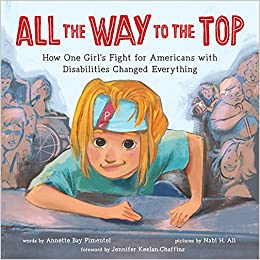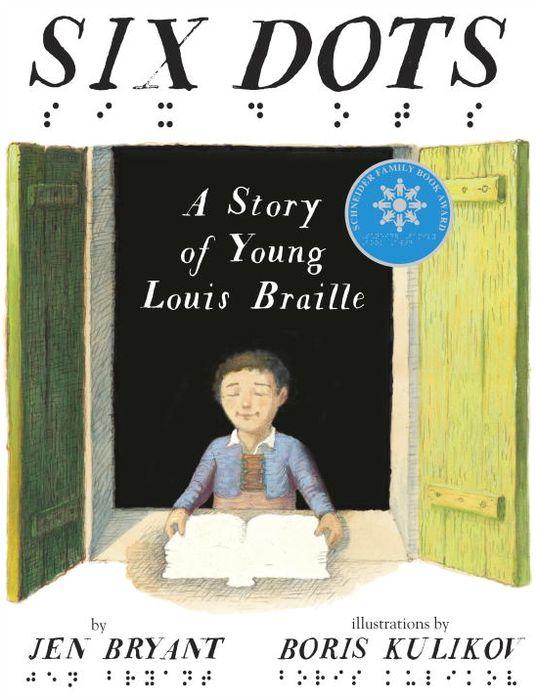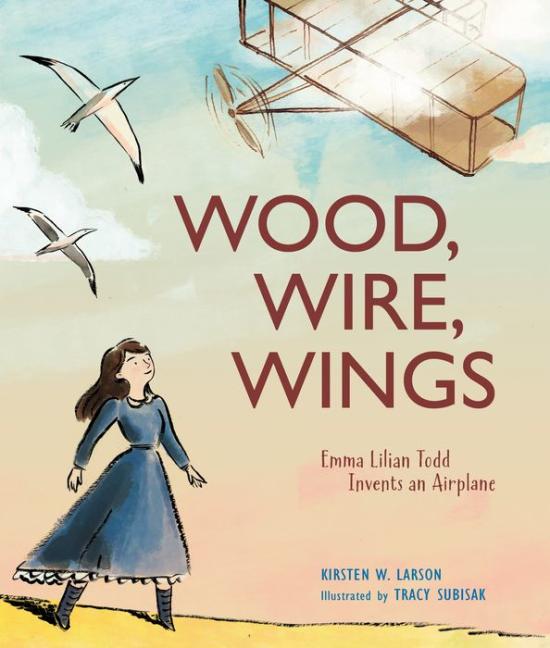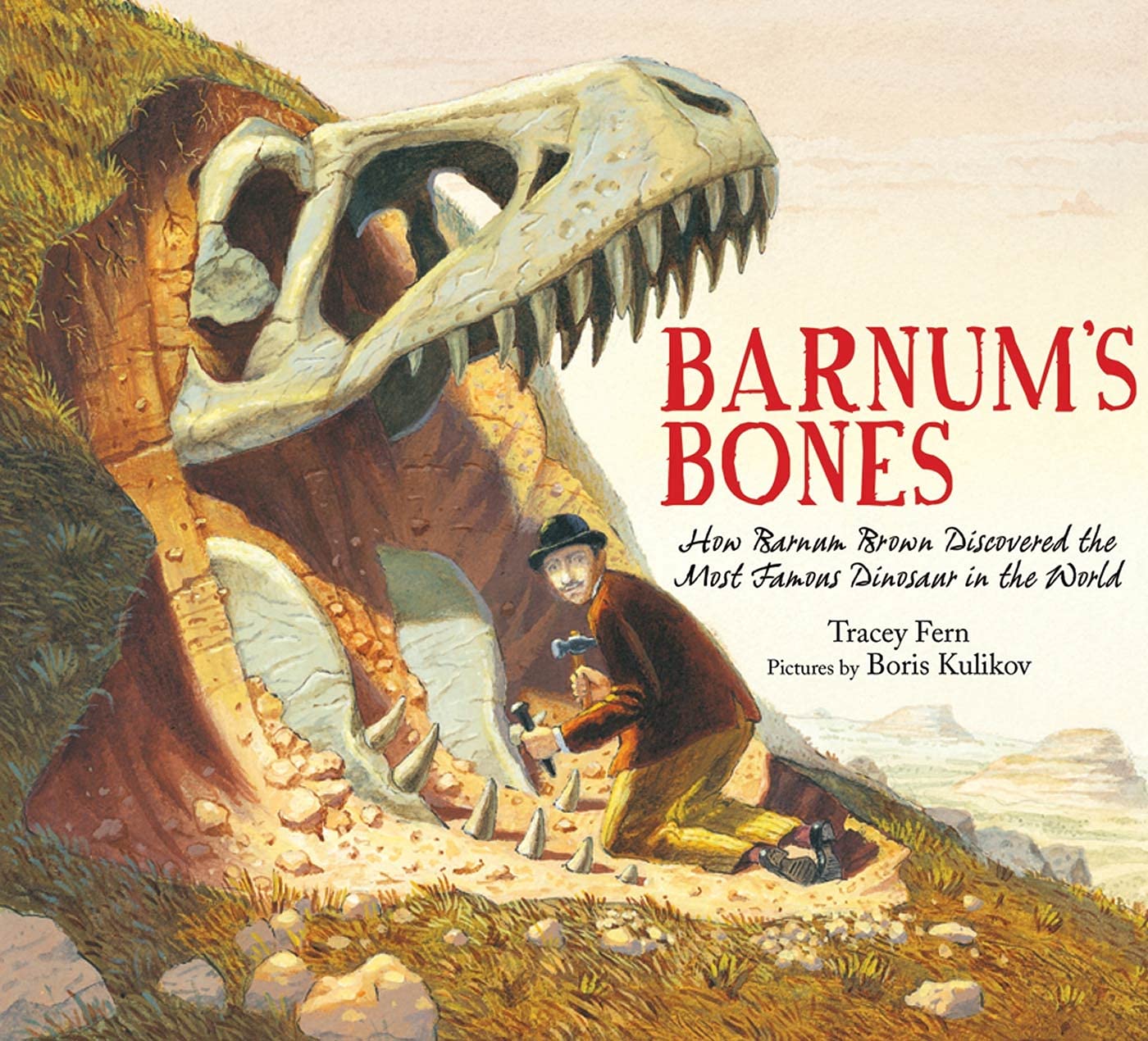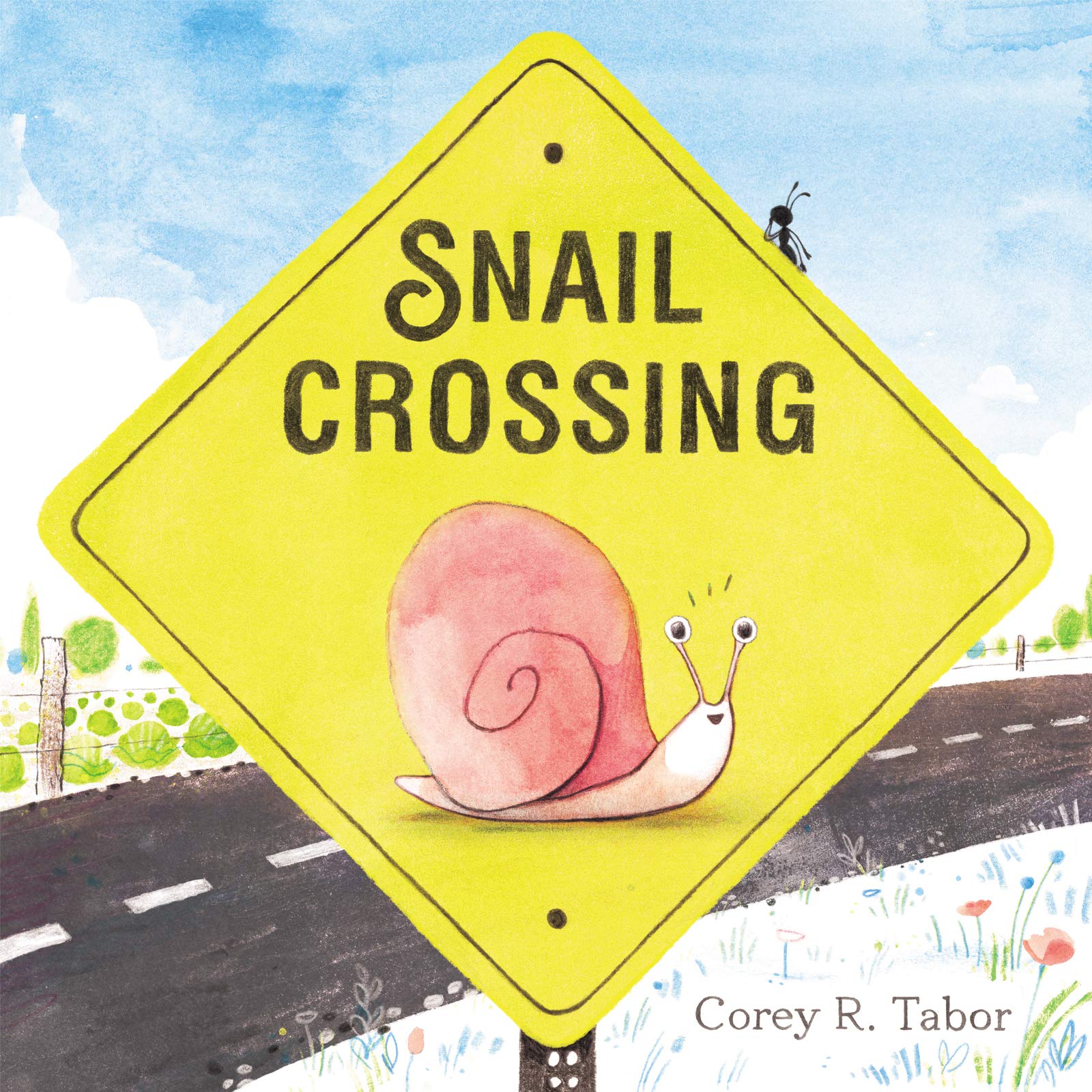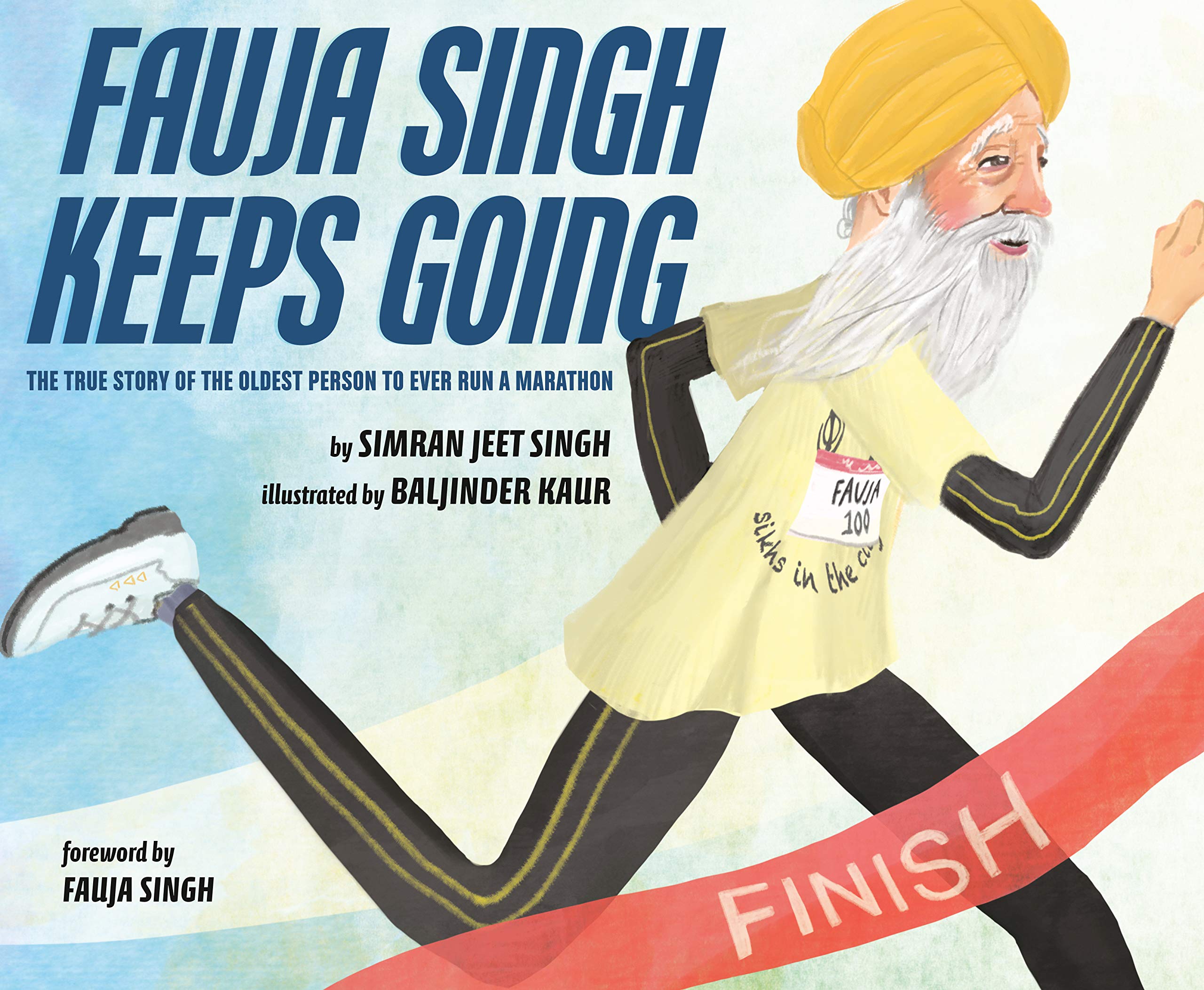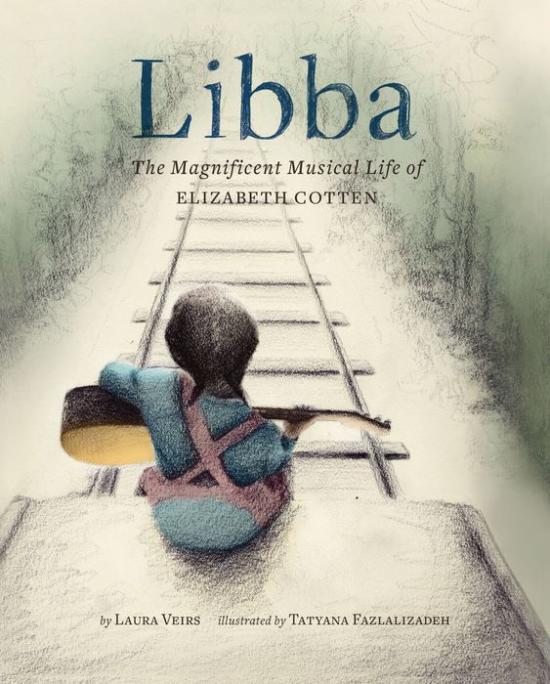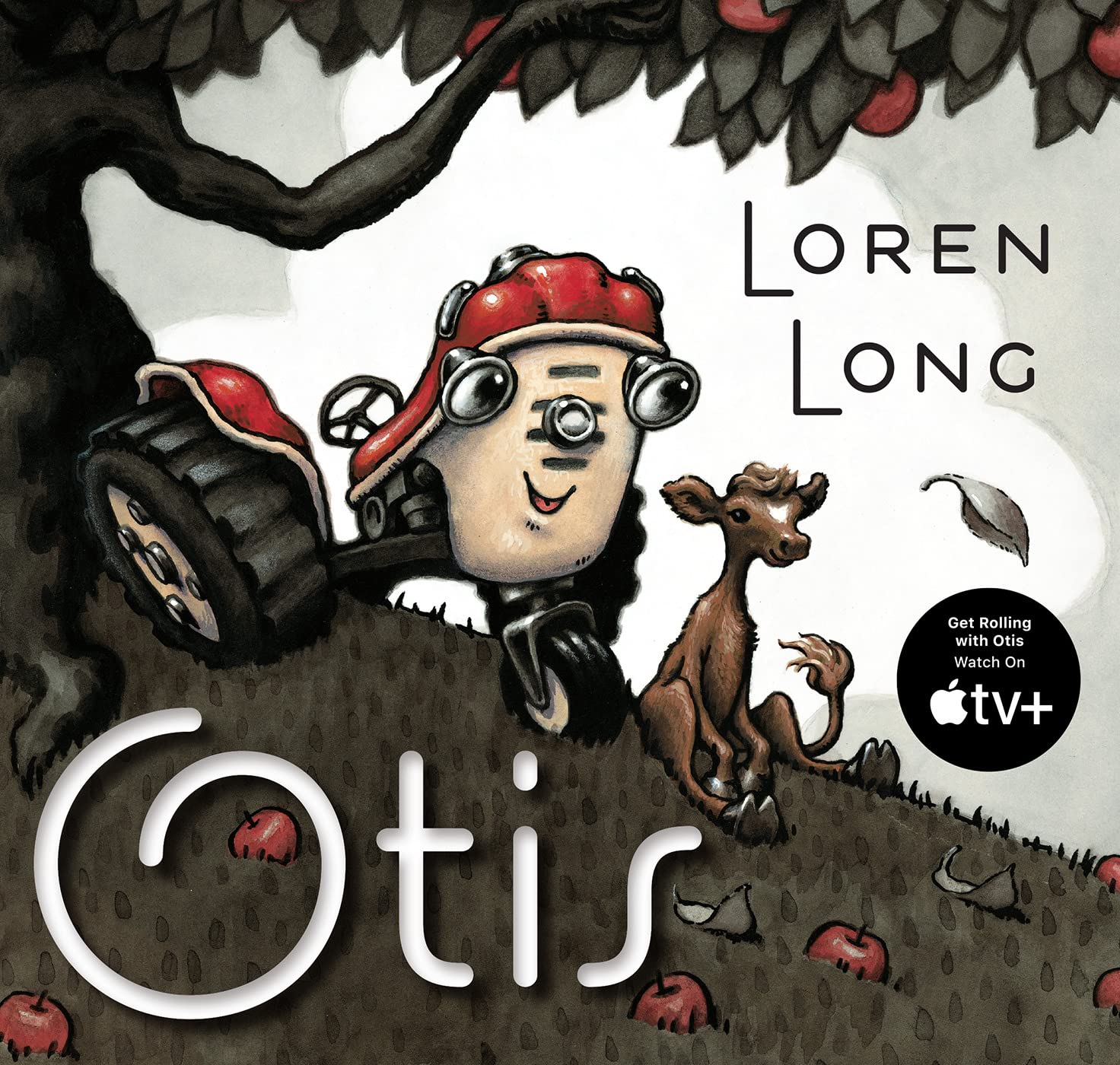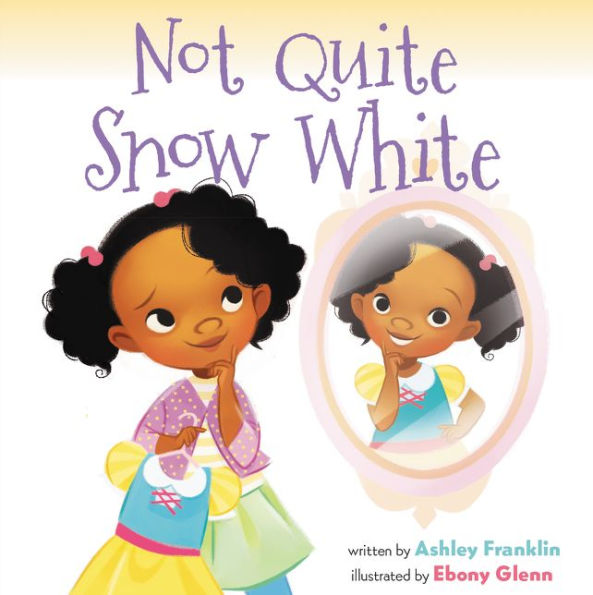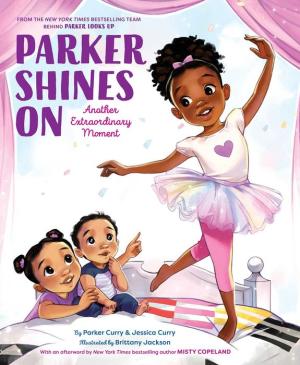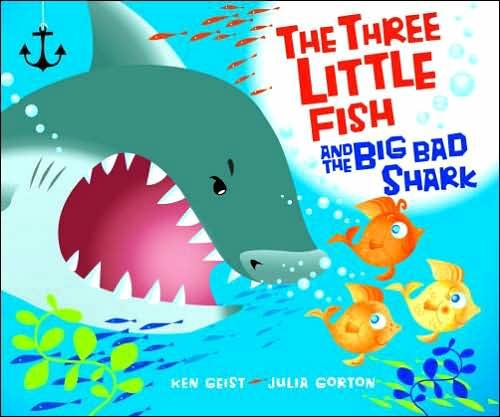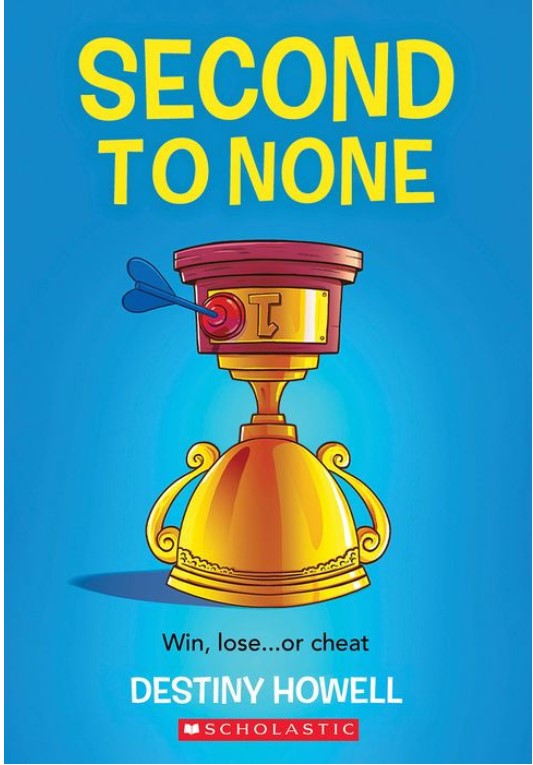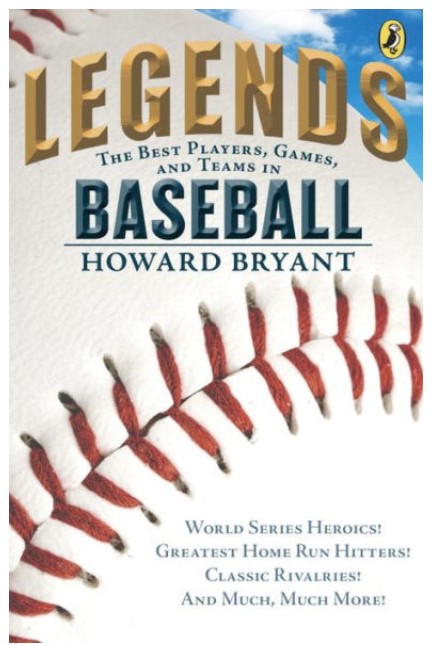Early one morning, a mouse is swallowed whole by a wolf. The mouse believes this is the end until he is greeted by a voice. This voice belongs to a duck, who was swallowed by the wolf some time ago. Since then, the duck has made a comfortable home out of the beast’s belly. He teaches the mouse that their situation is not as hopeless as it seems. In fact, it may even be better than the lives they had before being eaten. Inside the wolf’s stomach, they never have to search for food, since they can feast on whatever the wolf swallows. Best of all, they never have to worry about being eaten by another wolf!
The mouse forms a fast friendship with his new roommate, and the two enjoy the safety of their new home. However, all is threatened when the wolf is discovered by a hunter. The mouse and the duck must decide whether to stay in the safety of the wolf’s stomach or act against the new threat.
With its witty sense of humor and its twists on familiar fables, The Wolf, the Duck, & the Mouse will entertain readers of all ages. Its simple illustrations add to the hilarity of the plot. The characters are drawn with blank expressions that contrast their outgoing personalities and the ridiculousness of their situations. Readers will also laugh at the variety of outfits that the mouse and the duck wear throughout the story. They wear silly outfits from chef’s uniforms to tuxedos, as well as the random items found in the wolf’s stomach, from sports equipment to an entire kitchen. Each page has six to ten short sentences that are easy to follow. However, young readers may need help understanding some more advanced words, including “remedy,” “grant,” and “intention.”
Readers will appreciate the optimism and creativity of the duck and his ability to make the best out of any bad situation. The Wolf, the Duck, & the Mouse is a must-read because it teaches readers that their greatest challenges are also their greatest opportunities and that the presence of friends and creative thinking can brighten almost any situation.
Sexual Content
- None
Violence
- The mouse is “quickly gobbled up” by the wolf, but the mouse survives unscathed.
- A hunter carrying a rifle follows the wolf. At one point he “fires a shot” at the wolf. The illustration shows the hunter firing the rifle, but the hunter misses.
Drugs and Alcohol
- When convincing the wolf to consume items, the duck includes “a flagon of wine!”
- The mouse and the duck are shown in tuxedos at a fancy dinner table, holding glasses of wine.
Language
- When the duck and the mouse pursue the hunter, he exclaims, “Oh death!”
Supernatural
- The hunter mistakes the duck and mouse for “wraiths.”
Spiritual Content
- None
by Luke McClain
